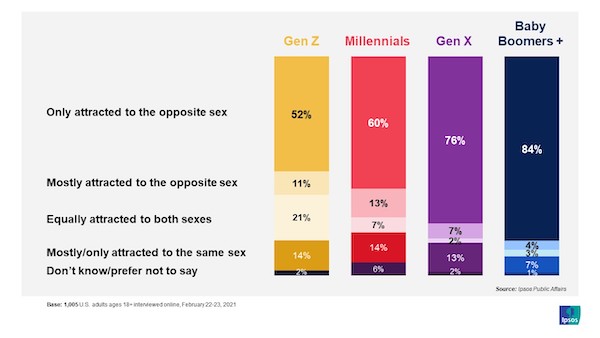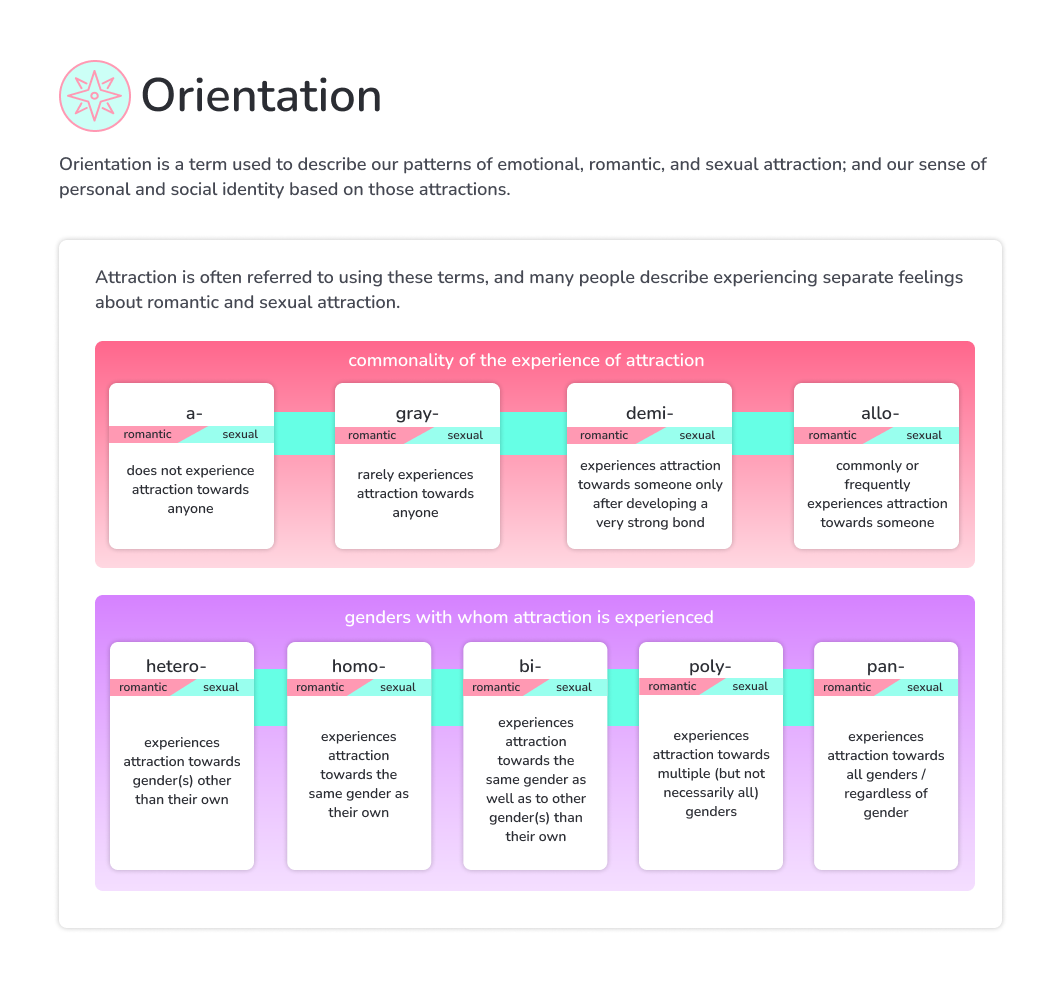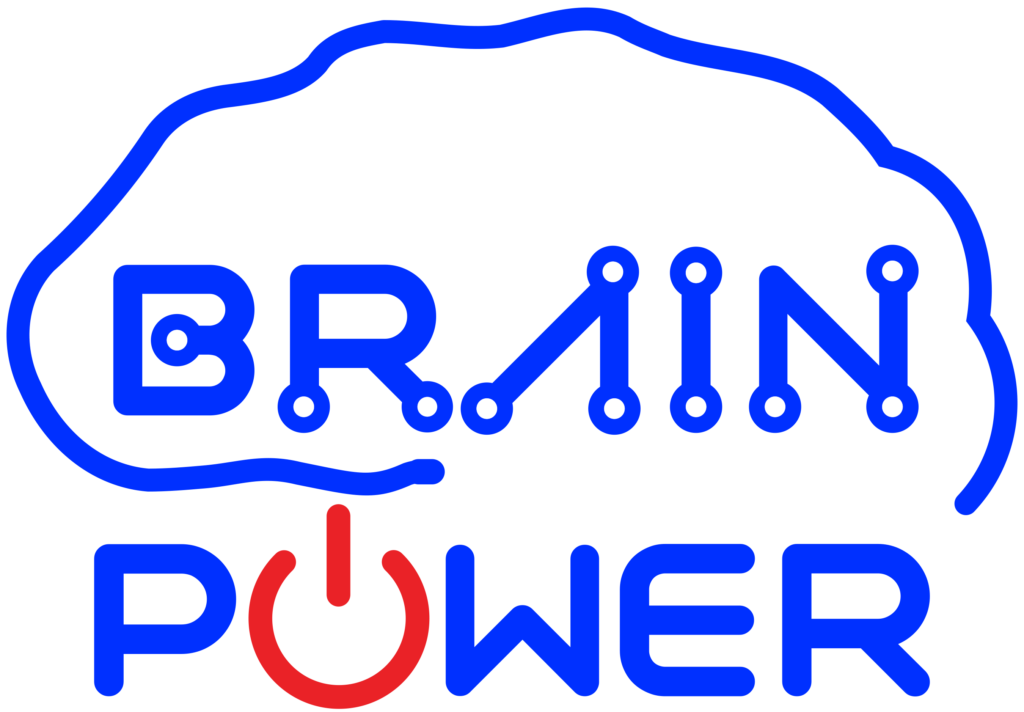Happy Pride Month! Here at Brain Power, we’re celebrating with our intersectional pride flags on! We’re very proud to say that we employ people across the gender and sexuality spectrums, and we think it’s critical to educate people about the latest and greatest thinking about LGBTQIA+ identities.
Oftentimes, people can feel confused or resistant to learning about these issues. It can be difficult to understand ways of thinking that may be new to us, but it’s important to constantly remind ourselves that we’re always growing and learning new information.
Why is this important to kids with invisible neural differences, their teachers, and families?
Relating to kids means understanding them on their own terms, and that means educating ourselves about LGBTQIA+ identities. Using the correct pronouns or speaking with inclusive language can make a world of difference to a child that may already feel alienated because of their cognitive differences.
Here are some important scientific studies you may not have known about:
Kids with autism and ADHD are more likely to be trans
A 2014 study found that gender variance was much more likely to occur in people on the autism and ADHD spectrums! Children with ASD were 7.59 times more likely to express gender variance, and children with ADHD were 6.64 times more likely to express gender variance than children without ASD or ADHD.
Members of Gen Z are more likely to be queer

A new study by Ipsos finds that generations have significantly different ideas about their orientation, with younger people having a much higher trend of queerness. That’s significant!
Incorporating our evolving understanding of the human experience into our teaching practices helps us to be better teachers. We’ve created some resources to help educate and inform, so you can create a more inclusive and diverse classroom (or home) environment.
Some useful tools for understanding
The graphics below provide an overview of some concepts that are helpful to understand when it comes to LGBTQIA+ identities.


Printable resource for the classroom
This inclusive Pronoun Chart can help kids to understand and use more inclusive language, like the singular use of “they” as a gender-neutral term.
You can download the PDF version of this chart here.

Education for teachers
If you like our resources above, you may want to check out our Brain Power Academy Courses! We have great courses like distance learning for SPED, tapping into student motivation and more– all based in brain science– and we’re developing new courses all the time!



Recent Comments